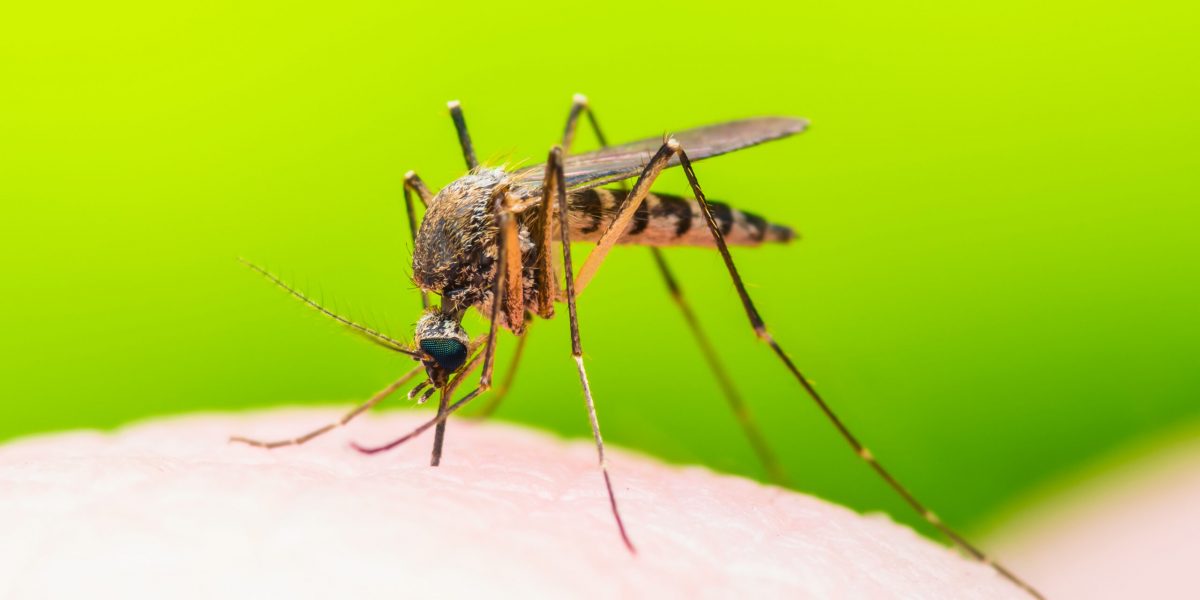Every year, thousands of people die because of malaria, a disease caused by parasitic microorganisms that mosquitoes pass from human to human. Malaria is a life-threatening disease and has caused many people around the world to lose their lives. According to the World Health Organization, more than two million people die of malaria every year.
WHAT CAUSES MALARIA?
Malaria enters than the human body at the bite of an infected Anopheles mosquito. Anopheles mosquitoes are a vector that transmits a parasite known as Plasmodium. There are more than 100 different types of Plasmodium parasites, but only four can infect a human, and the type that infects a human is dependent on what part of the world he/she is. In some parts of the world, malaria is more severe because of the type of Plasmodium parasite.
HOW IS PLASMODIUM TRANSMITTED?
Plasmodium begins as a sporozite, and when an Anopheles mosquito bites a person,
the parasite goes to the liver of that person and stays there until maturity and begins to reproduce asexually. During this period, there are some underlying symptoms. After a few days, the mature parasites enter the bloodstream and the red blood cells and continue to reproduce. This is when the merozoites are formed. After some time, the infected red blood cells burst and the merozoites are released.
The parasites continually and gradually infect the blood cells, resulting in some symptoms which usually occur after 2 days in temperate malaria and 3 days in tropical malaria. At this stage, fever symptoms and chills are experienced.
The Anopheles mosquitoes pick up the Plasmodium parasite from the blood of the host (the infected person.) Once it is back in the mosquito, the merozoites develop into male and female gametocytes, which fuse in the gut of the mosquito and produce sporozoites. The sporozoites move to the salivary gland of the mosquito, and when the vector bites another person, the cycle continues.
THE HISTORY OF MALARIA IN CANADA
During the building of the Rideau Canal, malaria was on the list of the most deadly diseases the workers had to face. Though it has been speculated over time that malaria was brought to North America by the soldiers working on the Rideau, malaria had existed in Ontario before the Rideau Canal was built.
Before the building of the Canal, Plasmodium Vivax, a temperate form of malaria was present in Perth and Kingston. This form of malaria lingered even during the construction of the Rideau Canal. P.vivax has two cycles; the regular malaria cycle that lasts for a few weeks, and a longer cycle which lasts for nine months in the liver if the infected human. Due to the longer cycle, it could survive in the harsh Canadian winter and wait till the vectors came out to spread the disease all over again.
Malaria was prevalent during this period, and an estimated number of above 500 people lost their lives, but today in Canada, malaria is rare and not severe. However, there are a few cases of malaria each year in Canada – an average of 488 cases.
Inhabitants of Toronto shouldn’t be too worried about the disease, except when they travel to regions where the disease is prevalent. Malaria is endemic in Africa, Central and South America, the Middle East, Southeast Asia, and Oceania. Any resident of Toronto that travels to these areas is at risk of getting the disease, but Toronto itself is a safe area to a large extent when it comes to malaria.


